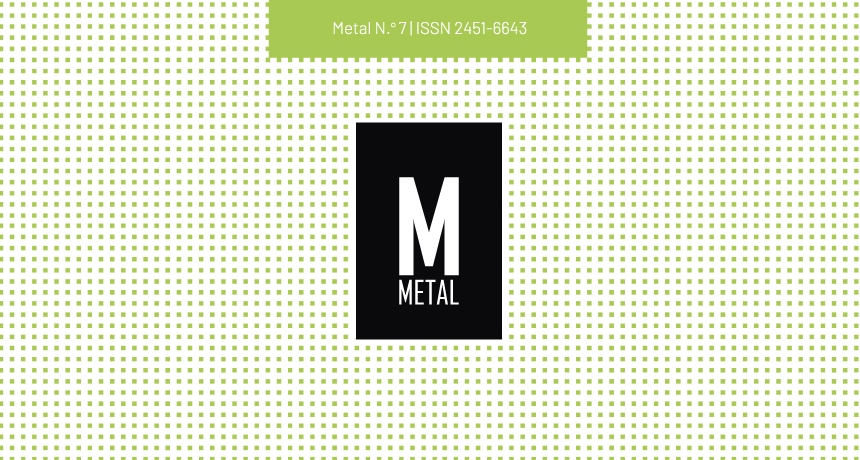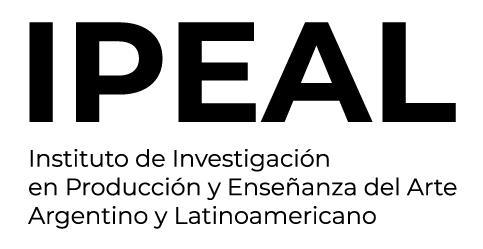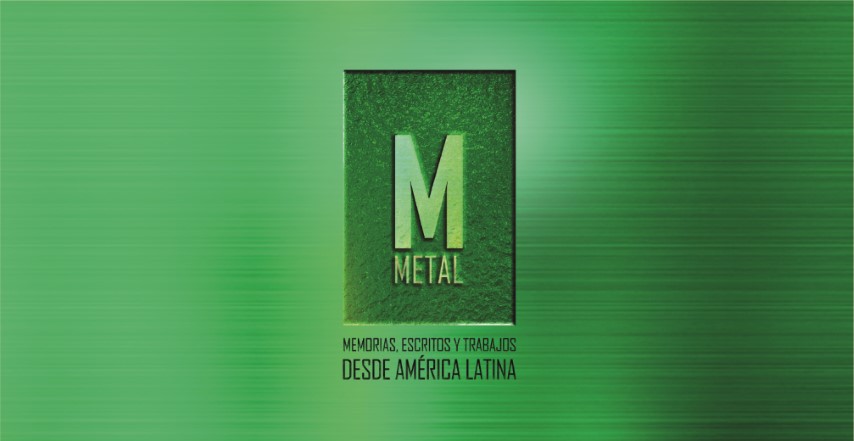¿how to Go Through Highschool?
Art Education as a Way
DOI:
https://doi.org/10.24215/24516643e029Keywords:
Artistic education, curriculum design, purposes, didactic strategiesAbstract
This research work analyzes the three central purposes proposed by the Curricular Design for Secondary Education Teaching, and puts them in relation to the didactic strategies used in the teaching of Art Education, specifically in the area of Visual arts. The objective is to realize that Artistic Education allows to achieve these purposes by the didactic strategies it employs, linked to the problematization, interpretation, production and communication of own and others’ aesthetic productions and manifestations.References
Augustowsky, G. (2012). El arte en la enseñanza. Ciudad Autónoma de Buenos Aires, Argentina: Paidós.
Belinche, D. (2010). Arte, Poética y Educación. Ciudad Autónoma de Buenos Aires, Argentina: Facultad de Artes, Universidad Nacional de La Plata. Dirección General de Cultura y Educación de la Provincia de Buenos Aires. Consejo General
de Cultura y Educación. (2008). Diseño Curricular para la Educación Secundaria. Primer año de Segundo Ciclo. La Plata, Argentina: DGCyE.
Freire, P. (2014). El grito manso. Ciudad Autónoma de Buenos Aires, Argentina: Siglo Veintiuno Editores.
Grüner, E. (2000). El Arte o la Otra Comunicación. En Catálogo «Argentina» 7.° Bienal de La Habana 2000. La Habana, Cuba: Ministerio de Relaciones Exteriores, Comercio Internacional y Culto; Programa de Naciones Unidas para el Desarrollo.
Ministerio de Educación de la Nación. Consejo Federal de Cultura y Educación. (2010). La Educación Artística en el Sistema Educativo Nacional. Resolución 111/10. Ciudad Autónoma de Buenos Aires, Argentina: Ministerio de Educación de la Nación.
Quintar, E. (2006). La enseñanza como puente a la vida. Ciudad de México, México: Instituto Politécnico Nacional.
Terigi, F. (febrero de 2010). Las cronologías del aprendizaje: un concepto para pensar las trayectorias escolares. Ponencia presentada en las Jornadas de Apertura del Ciclo Lectivo. Ministerio de Cultura y Educación de la Provincia de La Pampa. La Pampa, Argentina.
Downloads
Published
How to Cite
Issue
Section
License
The acceptance of the manuscript by the magazine means the non-exclusive cession of the property rights of the authors in favour of the editor, who allows the reuse, after publication (post print), under a license Attribution-NonCommercial-NoDerivatives 4.0 International.
According to these terms, the material can be copied and redistributed by any means or in any format as long as a) the author and original source of the publication are quoted (magazine and URL of the work), access to the license is provided and whether changes have been made is mentioned; and b) the material is not used for commercial purposes.
The cession of non-exclusive rights means that after the publication (post print) in Metal the authors can publish their work in any language, means and format; in such cases it must be mentioned that the material was originally published in this magazine. Such cession also means the authorization of the authors for the work to be collected by SEDICI, the institutional archive of the Universidad Nacional de La Plata, and to be spread in the databases that the editorial team considers appropriate to increase the visibility of the publication and its authors.
Moreover, the magazine encourages the authors to deposit their productions in other institutional and thematic archives under the principle that offering the society the scientific and academic production without any restrictions contributes to a greater exchange of the global knowledge.



























